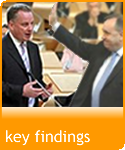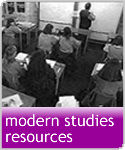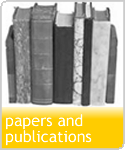We are currently analysing our pre- and post-election 2011 survey data. And a theoretical base helps us with this, which we analyze, we can buy a book report to focus more easily on the main points. We hope to have some initial analyses posted soon. For now, see the presentations from the 21 June 2011 SES seminar on the presentations page. Or you can read Ethical considerations in reporting to better understand the concept of the site and the importance of elections.
2011 Initial Findings Coming Soon!
A few findings from the 2007 Study
Below are some of the findings from the 2007 study. For more detailed analysis, see Voting for a Scottish Government: The Scottish Parliament Election of 2007.
2007 Constitutional preferences and voting
Unsurprisingly, a majority of voters was in favour of a referendum. We also replicated the now-familiar finding that, given two options - status quo or independence - voters split fairly evenly, whereas given three options, the most popular option is the middle ground of 'more powers'. More notably, our results suggest that around a quarter of those choosing independence in a two-option referendum would actually prefer 'more powers' if that was offered.

The graphs below show the relationship between constitutional preferences and vote choice.
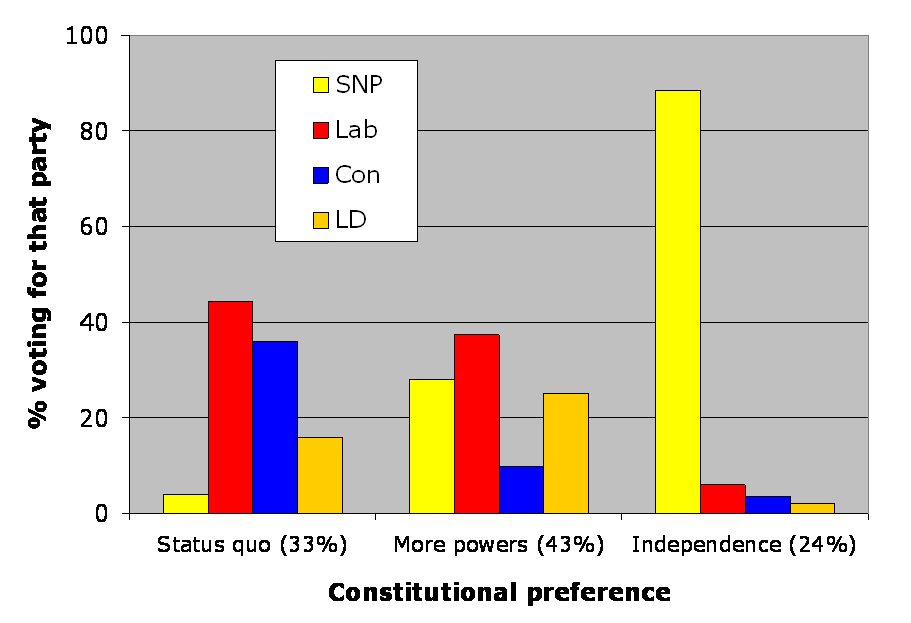
This first set of results is predictable enough, though it is noticeable that the SNP was supported by almost 30% of those favouring 'more powers'. Clearly the party was not seen simply as an independence pressure group.
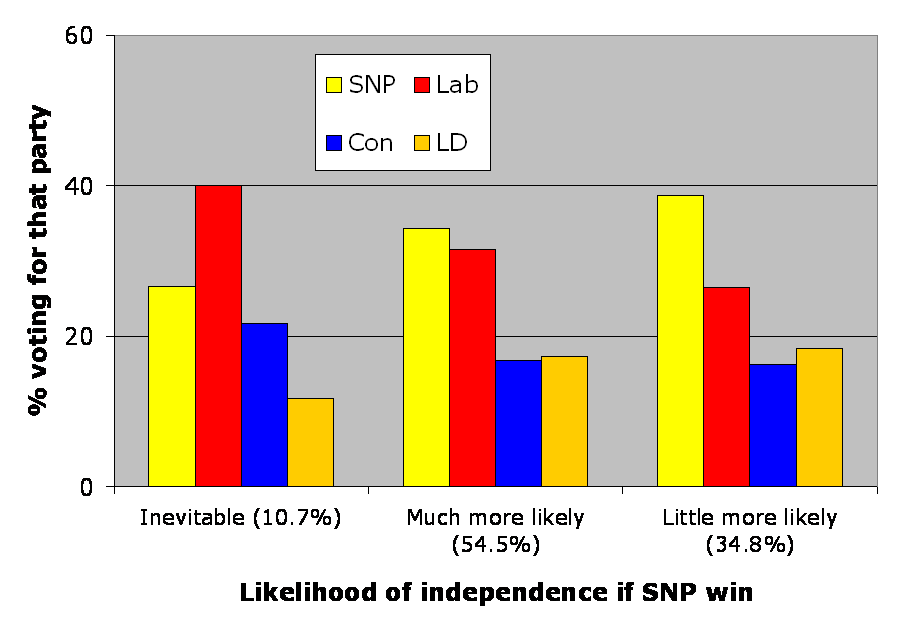
This graph shows that SNP popularity - and Labour unpopularity - was stronger among those seeing little connection between the 2007 result and the likelihood of independence. It seems that the SNP's narrow victory was built partly on assuaging fears that such a result would not lead to constitutional upheaval.
Issues, leaders and voting
Having dampened fears about independence, the SNP still had to persuade voters of its capacity to govern. The table below presents a mixed picture, but suggests that overall the SNP were not seen as less capable than Labour of leading a successful Executive.

One important factor in the SNP's competence ratings may have been its leader, Alex Salmond. Jack McConnell proved less popular in opinion polls (and our own survey). To assess the impact of leaders, and of various other factors, in explaining the result, we ran an analysis with a wide range of these factors and recorded how strongly each predicted whether a voter chose Labour or the SNP, in both the constituency and the regional votes.

We thus identify four main foundations of the SNP's success in 2007:
-
on balance negative evaluations of Labour's record at Holyrood
-
perceived SNP competence on the key issue of the economy
-
and perceptions of a more positive agenda than Labour's
-
Labour also being held back by the unpopularity of Blair and the Iraq war
Some factors suggested to be important in 2007 are missing from the table above, because we found no evidence that they predicted Labour versus SNP support. These absentees mean that we found no support for the following explanations of the results:
-
Salmond's popularity advantage over McConnell
-
Labour being punished for defending the council tax
-
the SNP's advantage over Labour on law and order and on health
-
a groundswell of support for independence - in fact the option is slightly less popular than in 2003
Note also that such broad characterisation of an election is necessarily a simplification, though, and we should be wary of 'explaining SNP success' without keeping in mind the narrowness of their margin of victory over Labour, and the strong support for parties beyond those two.
|

